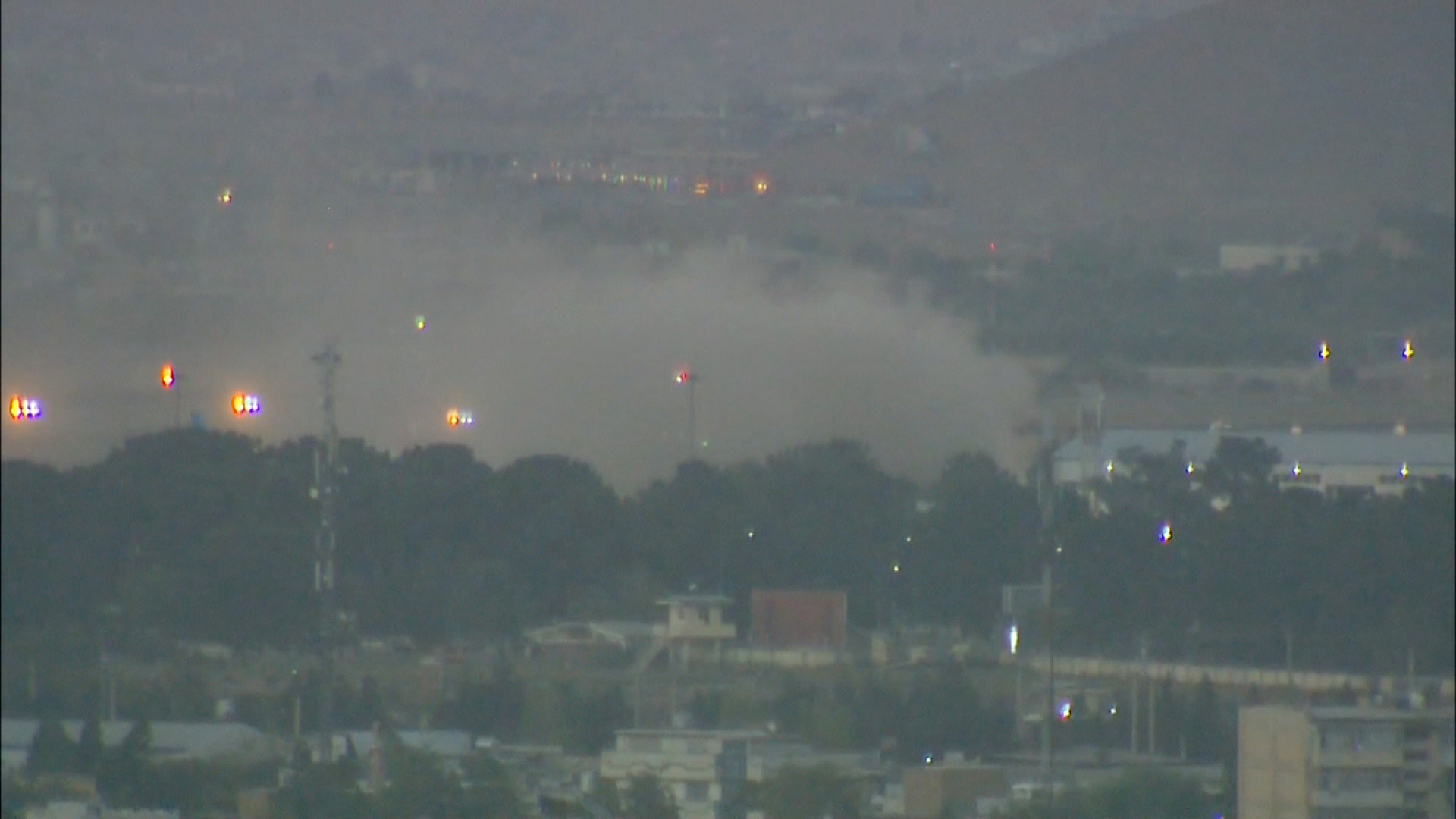A grave and specific ISIS-K terror threat is hanging over the frantic endgame of the US withdrawal from Afghanistan, with time fast running out to rescue Americans and the fate of fleeing Afghans looking darker by the hour.
In an alarming sign of the deteriorating security environment, US diplomats in Kabul early Thursday local time suddenly warned American citizens to “immediately” leave several gates into the airport, citing security threats.
The warning came hours after a US defense official had told CNN that officials were alarmed by a “very specific threat stream” about the ISIS affiliate in Afghanistan, which planned to attack crowds outside the airfield.
Who are ISIS-K?
ISIS-Khorasan is a branch of the terror group that first emerged in Syria and Iraq. While the affiliates share an ideology and tactics, the depth of their relationship with regards to organization and command and control has never been entirely established.
US intelligence officials previously told CNN the ISIS-K membership includes “a small number of veteran jihadists from Syria and other foreign terrorist fighters,” saying that the US had identified 10 to 15 of their top operatives in Afghanistan. The group’s name comes from its terminology for the area that includes Afghanistan and Pakistan: “Khorasan.”
The US Defense Department Inspector-General for Afghanistan (SIGAR) said in a report covering the months April to June of this year that “ISIS-Khorasan exploited the political instability and rise in violence during the quarter by attacking minority sectarian targets and infrastructure to spread fear and highlight the Afghan government’s inability to provide adequate security.”
ISIS-K has formed cells in Kabul which have carried out a number of devastating suicide attacks in and beyond the Afghan capital since 2016.
The group has built up a presence in eastern Afghanistan in recent years, especially in the provinces of Nangahar and Kunar. Last August, the group attacked the main prison in Jalalabad, the capital of Nangahar, in an effort to free dozens of their supporters who had been captured by the Afghan army and police.
Read more about the group here.
